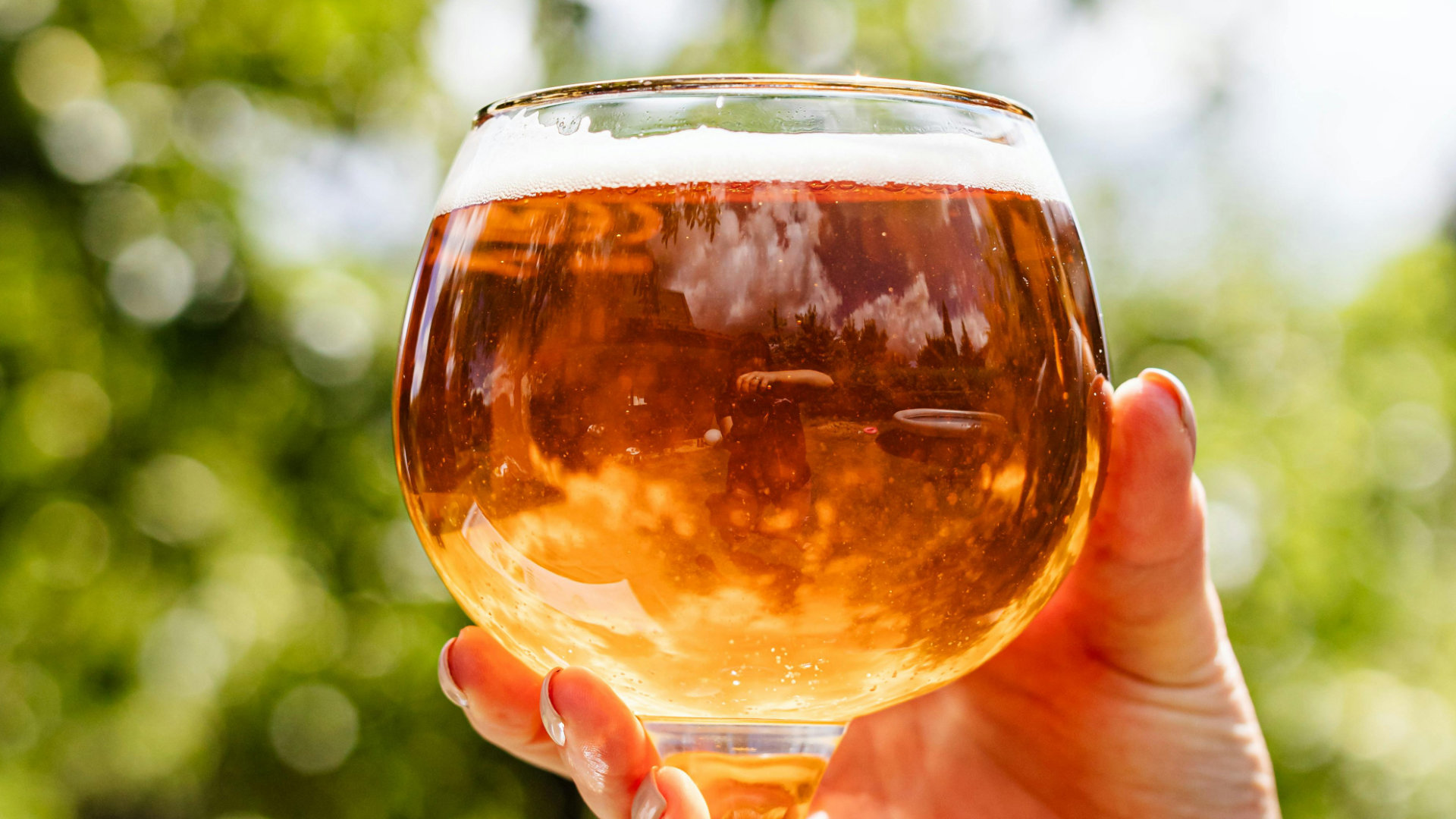While you might not be looking to become a pro cicerone (the beer equivalent of a sommelier), being able to identify the various layers of the beer you’re drinking can really enhance your experience of beer and your homebrew. It can help you figure out what you do and don’t like in a beer - and exactly why that is. It can also help you work out if your homebrew matches the style you’re going for. But it isn’t a given that we all know how to describe things like mouthfeel and appearance. And what do words like ‘dank’, ‘vinous’ and ‘DDH’ even mean?
Do you have to know all this to enjoy a beer? Well, no, but as a homebrewer you probably feel like you want to know what you’re talking about. I know that the more I learn about the whole world of beer the more confident I feel in discussing it. And who doesn’t want to talk about beer, right? But how do you go about developing your beer palate and expanding your beer vocabulary? Sure, you can pick up a book, but it’s not exactly interactive and you can’t ask it questions and discuss your thoughts about it. And how do you know if what you’re tasting is even ‘right’? Well, here’s an answer to that last question: ‘The best piece of tasting advice I’ve been given is “If you taste it, it is thereâ€â€™, says Joanne Love, The Beer School Lady.
Joanne’s on-line course, Build your Beer Vocabulary, is perfect for homebrewers and beer lovers. It’s designed to develop your understanding of beers through an expanded vocabulary and to build your confidence in your hobby so you can enjoy it more. Created using a fantastic mix of live and pre-recorded video sessions, a workbook and tasting sheet - plus Joanne’s awesome tips for giving a killer beer review - the course is delivered in Joanne’s energetic and approachable style.
The course includes a special ‘How to Taste’ lesson that introduces techniques on detecting aroma, assessing appearance and breaking down mouthfeel and taste elements. ‘You can develop your tasting palate by tasting and smelling foods that represent the same descriptors used for hops, malts and fermentation flavours’, says Joanne.
The live on-line lessons cover hops, malt and fermentation flavours and offers sensory exercises to help you understand the flavours and aromas produced by those ingredients. And of course there’s actual sampling involved! You’ll drink a brew related to that ingredient to try to detect those flavours and put your new vocabulary into practice.
The Beer Tent Society
As well as the Build your Beer Vocabulary course, Joanne has founded The Beer Tent Society. ‘When you know how to taste beer, next you need to know what to taste for’, explains Joanne. ‘By learning about beer styles you can fully understand what you like and even love in the beer world’.
Join Joanne in her virtual beer tent to explore a new beer style every month and to deepen your beer knowledge and take you on the road to beer mastery! Not only will your new found beery prowess help you determine what to expect in your glass, but you’ll also be able to easily recommend beers to your friends.
Beer Tent Society membership costs just £5 a month. VIP membership - amazing value at £10 a month - allows you to take part in the live on-line tasting session and gives you access to the Beer Tent Society Facebook community. As a VIP, you’ll also get style guidelines, history lectures and bonus masterclasses. All members get early access to the audio and video recordings of Joanne’s podcast A Woman’s Brew: The Podcast, too.
Joanne also offers online beer school tasting sessions which are perfect as a gift, for yourself or as a group activity. Sounds like an enviable way to brighten up the winter if you ask me!
For all of these great beer learning opportunities head on over to lovebeerlearning.co.uk
Follow on social media:
@lovebeerlearning











